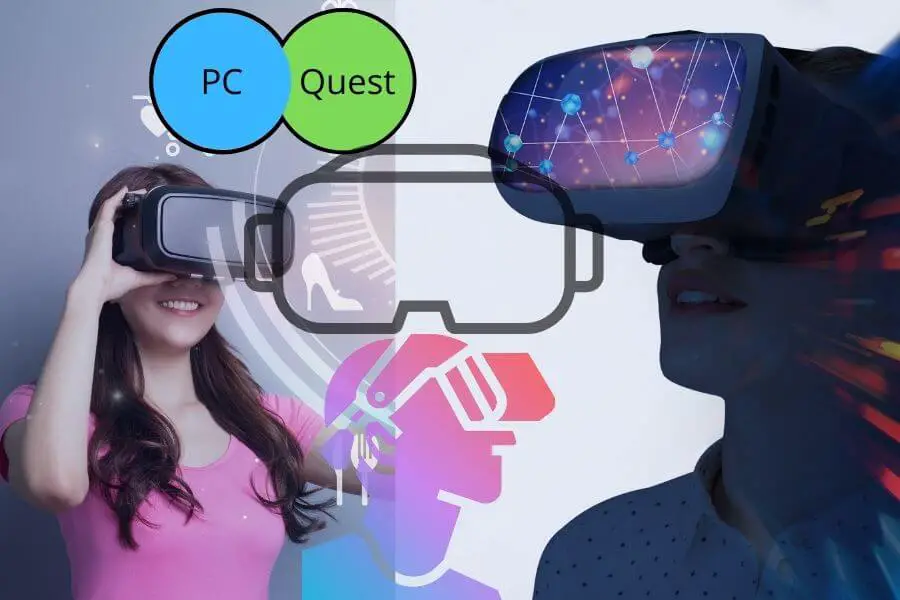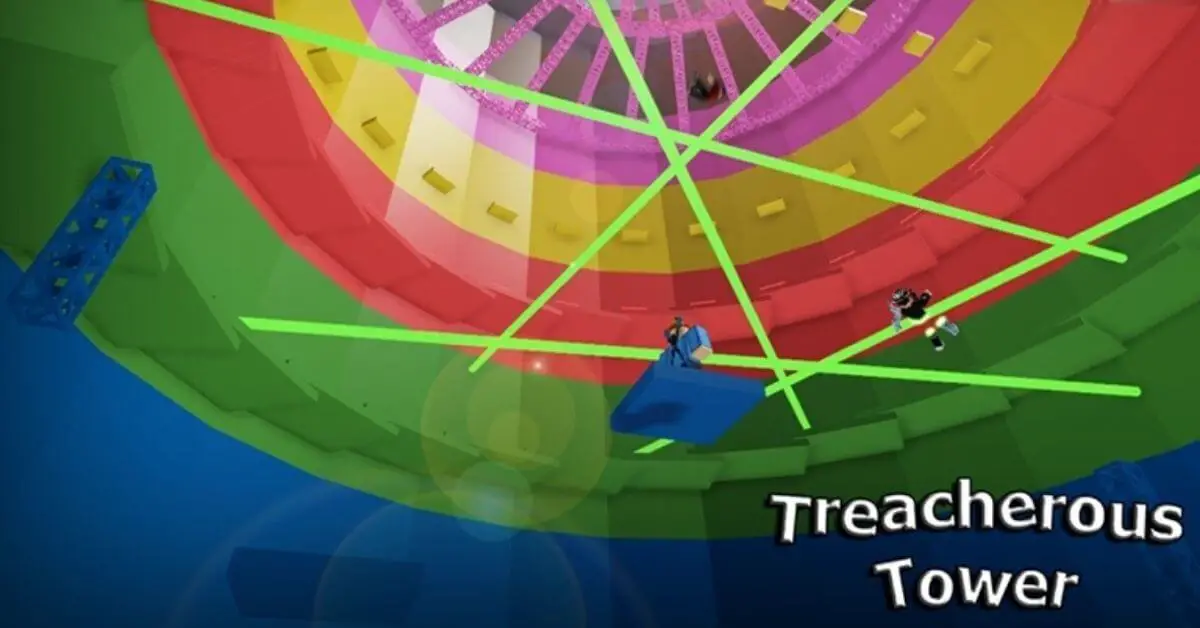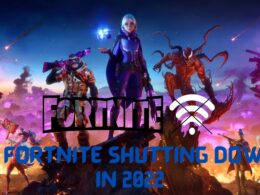So it’s no secret that the Oculus Quest range of headgear has been enormously popular, and this popularity is mirrored in the VR chat user base on a daily basis. On the Oculus Quest, an increasing number of users are experiencing VR conversation for the first time.
I wouldn’t be shocked if there are more active quest users than PC users at this moment, and while the experience on Quest is very comparable to what you’d expect on PC, the Quest version has one major flaw: avatars. The truth is that most people are too lazy to create quest versions of all their avatars.
Quest Avatars must be well optimized in order for the game to work smoothly, which unfortunately can take a significant amount of time. However, thanks to a new VR chat update, this has become much easier. Not only are the polygon limitations for quest avatars increased, but you can also set an avatar as a fallback avatar, which is what Quest users will see if you’re wearing a PC-only avatar.
[adinserter block=”9″]
On the other hand, Quest avatars must meet certain requirements to be employed as a. So, today I’ll show you how to make a quest-optimized version of your avatar that may also be set as a fallback now before we begin. I should point out that I am not a blender guru by any means, so don’t take anything for granted.
This, I believe, is the best advice. This is simply what I discovered to be the most effective method for producing quest versions of models. Now that we’ve gotten that out of the way let’s get started.
Lets Create PC to Quest VR Chat Avatar

[adinserter block=”5″]
- It is highly advised that you install the Cats Blender plugin for Blender. It automates a tonne of stuff for VR conversation and avatar development, and it’s practically a must-have if you’re building unique avatars. Please keep this tutorial in mind. I’ll assume you already have a PC avatar setup in unity and a basic understanding of Blender, though I’ll put screencast keys in the bottom left so you can follow along.
- Import your avatar model into an empty scene in Blender. Selecting fixed now in the Caps plug will immediately address some issues on your model. Anne will also apply any model textures that aren’t already there. We can begin by eliminating any extraneous bones. We can safely remove bones from skirts and hair because VRChat does not enable dynamic bones on missions.
- Second, we get to experiment with having this on the quest because the quest is really CPU constrained, but if you’re not running something that CPU heavy, then sure, yeah. To do so, go into edit mode and choose your avatar’s armature. Select the bones you want to remove, then go to the couch plug and select combine weights to parents. Do not delete the bones because doing so will result in the loss of weight data.
- Keep in mind that your model must contain fewer than 90 bones to be ranked as having high-performance next week, and then reduce the Polygon count. To be utilized as a fallback, quest avatars must contain fewer than 10,000 polygons; Hence this is the Polycount. Will shoot for cats and includes an automatic decimation option to reduce Polycount. This can also keep shape keys. If you like, you can use this option.
- However, it had some streamside effects in my usage, so I’ll be doing things more manually for this tutorial. There are two approaches I prefer to utilize to minimize the number of polygons in a scene. The first is edge boots that dissolve. This method is a little more manual, but it usually results in a cleaner topology and does not delete any form keys to dissolving edge loops. To convert to quads, enter Edit mode, select all faces on your model, and press Alt + J.
- This will greatly simplify the process of removing edge loops. Then, in the Cats plugin, go to model options and select separate by materials so we can focus on one portion of the model at a time. I’ll start with the hoodie to conceal everything. Aside from that, choose the mesh and go into edit mode. To pick edge loops, use shift alt left click. Try to keep it as even as possible while doing this. Once you’ve picked your edge loops, press X and choose to dissolve edges.
- As you can see, simply removing that little collection of edge loops substantially reduces the Polycount of this Cody. I’ll keep doing this for the rest of the model. The next technique I prefer to employ is known as decimation. This is much more automatic, but it results in a less appealing topology and the loss of shape keys.
- I’d want to utilize manual decimation just on areas of the model with more intricate shapes. Select a component of your model, again sorting by materials, and then click the wrench icon. Then click on the add modifier and decimate buttons. Reduce the ratio as much as you like, then click Apply. I also like to refer to this strategy as the “no one is going to be looking at my shoes anyhow, so forget it” method.
- Apply these two strategies to your entire model to reduce the number of Polygons. Keep in mind that employing decimation on parts of shape keys will erase the shape keys. You’re practically done once you’ve lowered your Polycount to your liking. The next step is to Atlas our textures. Avatars from quests can only have one material. In order to be ranked as good or above. Fortunately, the Cats plugin includes a texture Atlas generator.
- Make sure all materials are selected before selecting the produce material list. Save Atlas Two to a location of your choice. I’ll put it in a folder within my Unity project. Now that you’re ready to export your quest model, ensure that all meshes are linked and then select the export model in cats.
- Next, open your Unity project in the VR Chat SDK control panel and click Switch target build to Android. This could take a few moments. After that, import your quest model and Atlas. Go to Reg in your model’s import settings, change the animation type to humanoid, and then hit apply. Then go to the materials section and extract materials.
- Once your material has been removed, change the shader to one of the VR chat mobile shaders given. Toonlet is what I’ll be utilizing. Then, in the hierarchy, drag your model. Paste your avatar descriptor from your PC model into your quest model. Check that everything, including eye bones and vizings, is appropriately assigned.
- Then, copy the blueprint ID of your avatar. This can be located on your main models, avatar descriptors, or in the VR chat SDK‘s content manager, which you can put into the pipeline manager on Your Quest model and attach. You should be able to upload your quest avatar now. Go ahead and click the SDK’s upload button.
[adinserter block=”8″]
If you optimize your model to be good or exceptional, there will be an option to set it as a fallback at the upload screen. Mark that box. Then click the upload button. You’ve now successfully submitted a quest version of your avatar. I strongly advise you to make a mission fallback for at least one of your avatars.
That way, you’ll have something that better represents you to Quest users than a grey robot or a brush. Having said that, I’d like to thank everyone for tuning in. Please give this video a thumbs up if it was helpful. And, if you’re interested, you can play my game, which is linked in the description. You can act as a means.











